
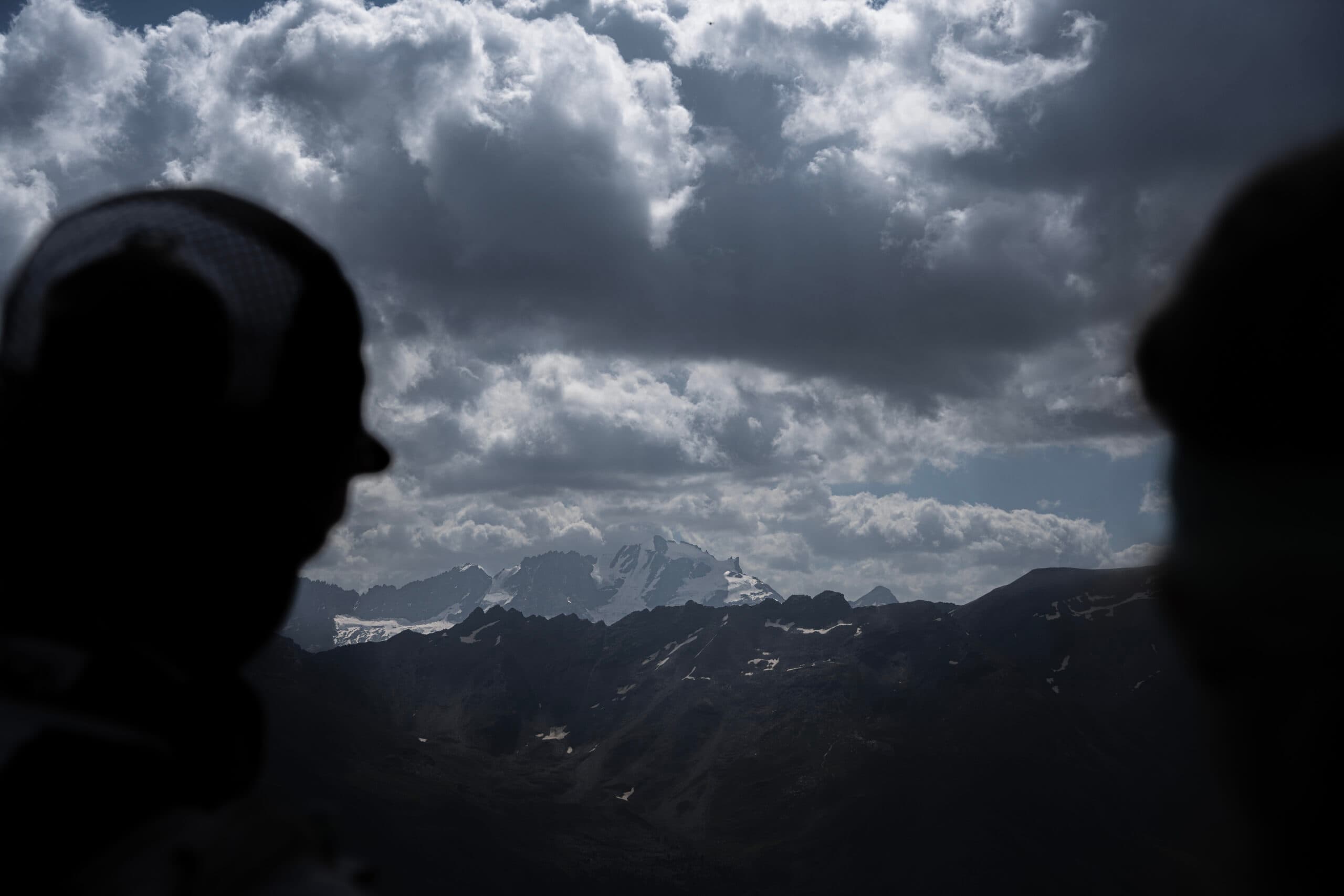
Meeting the Dragon: The Mythology of Italy’s 330-km Tor des Géants
Tor des Géants is one of the world’s toughest ultras, spanning 330 kilometers (205 miles) with 24,000 meters (78,740 feet) of climbing and descending. The race takes place each September in the Aosta valley of Northern Italy. Starting and finishing in Courmayeur at the base of Mont Blanc, the course is a counter-clockwise loop that goes over 25 passes.
While there is support along the way, including 7 “life bases,” many of the participants take close to the full 150-hour time limit to complete the event, and about half of the 1,000 starters drop out each year.
Data points aside, there’s also a mythology around Tor. Central to that is a phrase passed along by Tor runners – Meeting the Dragon.
In a race this long, and this hard, there comes a moment of… reckoning.
It’s deeper and more profound than “hitting the wall”, which can occur during a marathon. The phrase comes from a sect of Buddhism that practices meditation for weeks at a time.
Meeting the Dragon is a crisis of the soul. Stripped raw, rational-thinking-loving frontal cortex exhausted, Tor runners can only move forward if they let go of the ego-based distractions that have been powering them. External validation and self-esteem-powered goals no longer work. They need to let it all go. And just move. One step at a time. Forward.
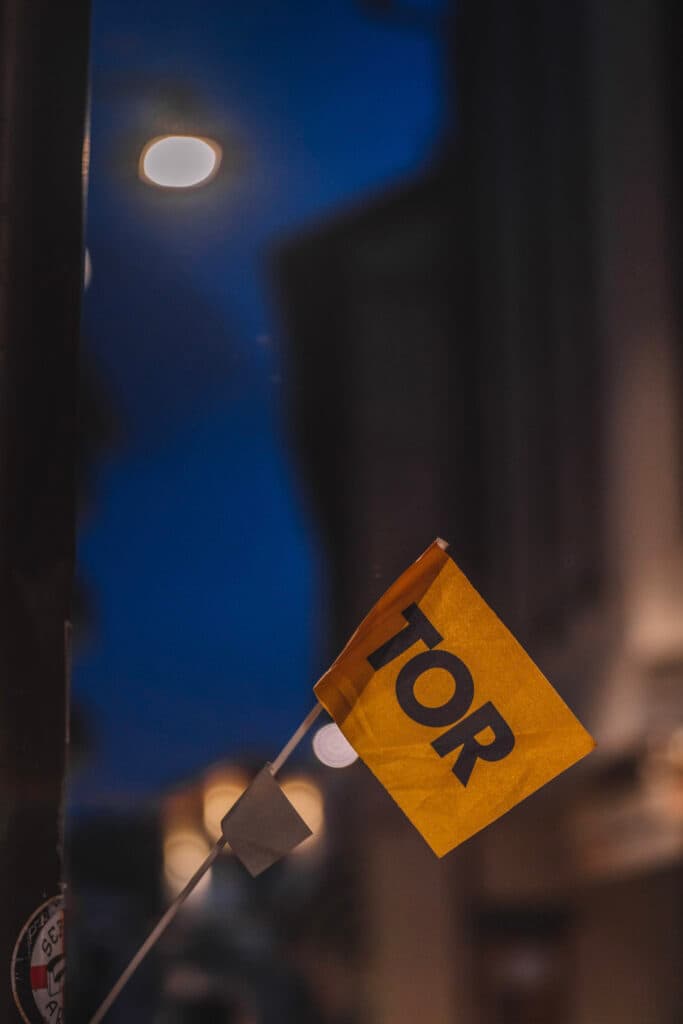
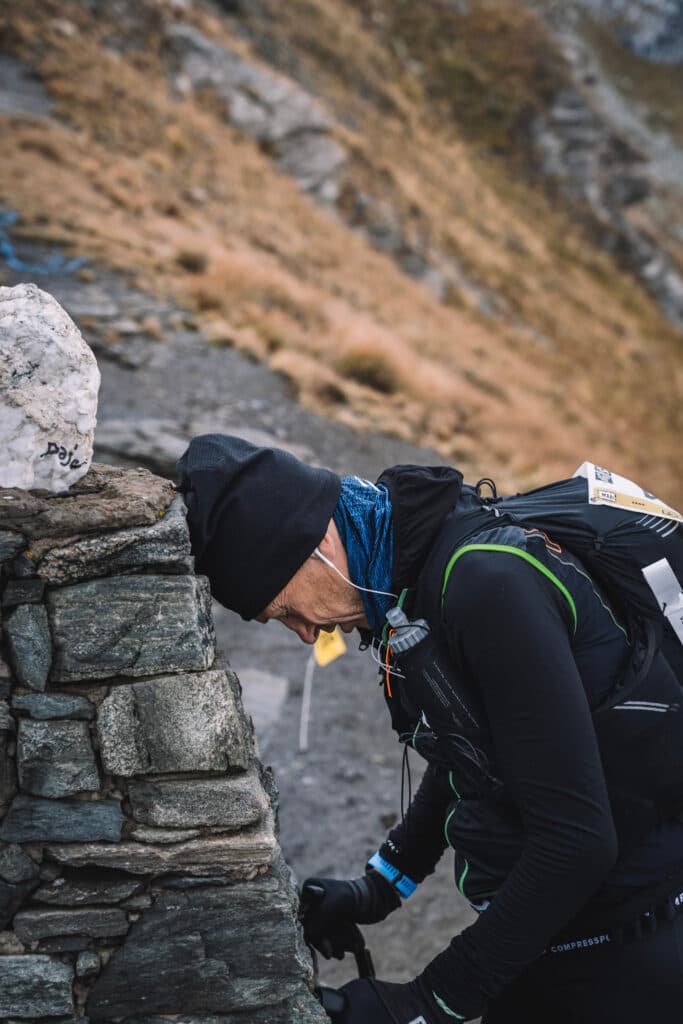
No one has thought about what it means to Meet the Dragon more than the embodiment of Tor des Géants, its jovial and charismatic announcer, Ivan Parasacco. Ivan has witnessed thousands of runners start Tor, and fifty percent fewer finish it.
He has been announcing at the finish line of Tor nearly since the inception of the event, and talking to finishers about their experiences. And what Tor finishers have to say can be intriguing. Take for example, US ultrarunner Bob Crowley’s comment after finishing Tor in 2019: “In the end, all I can really tell you is this—I’m not the same person I was before the Tor.”
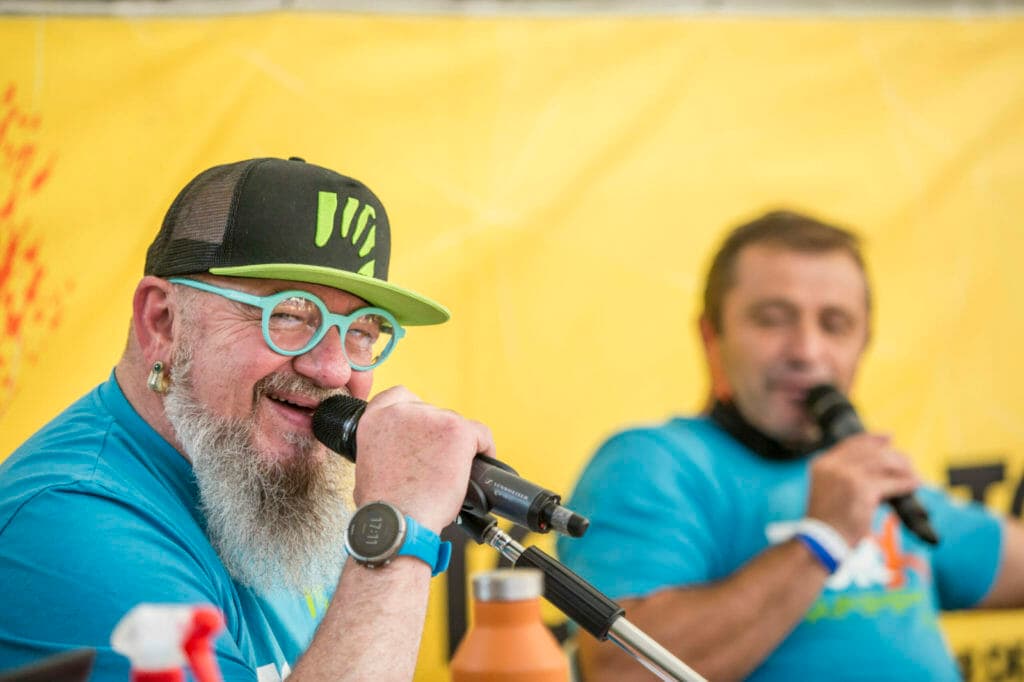
Run the Alps’ Doug Mayer, a three-time Tor finisher, sat down with Ivan to discuss what it means to Meet the Dragon. Here’s what Ivan had to say:
Doug: I first ran Tor des Géants in 2019. A week or two later, I met you in the Courmayeur city hall office, where you were working at the time. Immediately, you asked, “So, did you meet the dragon?” I knew about the mythology of Tor, but the question still caught me off guard. During that edition of Tor, I did in fact have a sort of crisis– in Champoluc. After a long, snowy and sleepless night of hallucinations followed by a friend dropping out, I found myself early in the morning walking through Champoluc, tears streaming down my face– without really even knowing why. That was my moment of meeting the dragon.
What does this idea of meeting the dragon mean to you?
Ivan: Let me put it to you this way: For much of the race, it is just you with yourself. And being alone with your thoughts can be fatiguing. On top of that, you are not in your natural environment. Maybe it is night, and your eyes are playing tricks on you. You are seeing things, hallucinating, and the only solace you have is yourself.
99% of the time when people want to give up it is because they have arrived at a point where they are confronted with… themselves. They become fragile.
Doug: Do you think it’s common – this experience of being fragile and then having a personal crisis of some kind?
Ivan: Yes. This year, after the race, many people told me they had met the dragon. They thanked me for it.
Doug: They thanked you for it? Why?
Ivan: You see, the dragon is a sort of opportunity. That’s the philosophy. The dragon arrives at the point when you are starting to feel tired or want to give up. You start to look for an excuse – my feet hurt or I’m behind on my time.
It’s like meeting the devil at the crossroads.
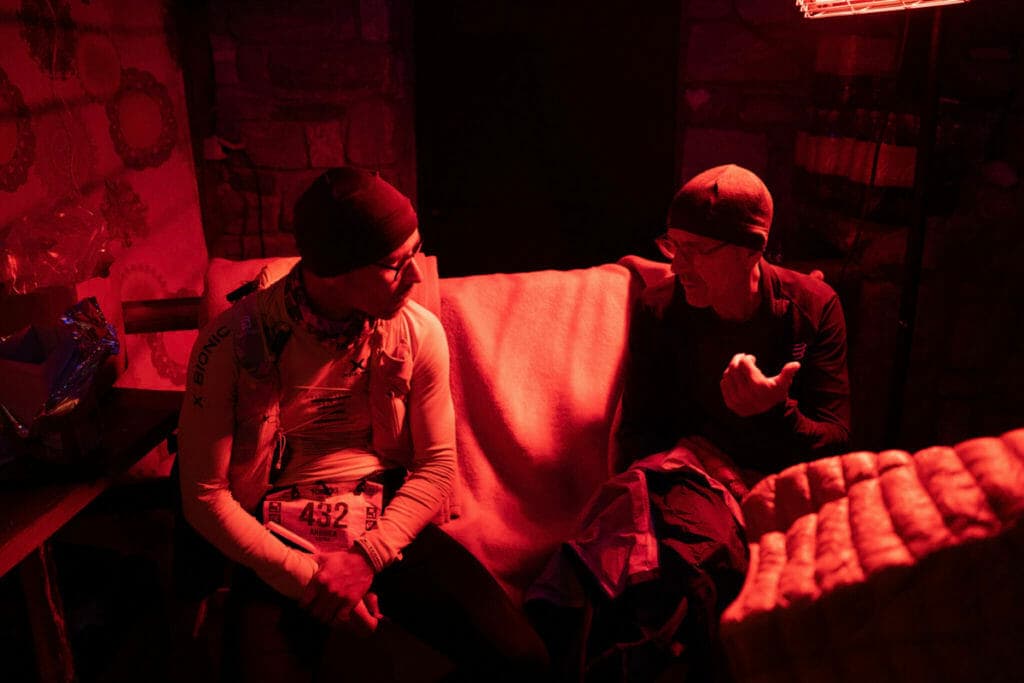
Doug: I’ve spent some time thinking about what the dragon means for me. I think Tor is – for most of us – so hard that you reach a point where you’re hallucinating and tired or you don’t know if you want to quit. The only way forward is to put one foot in front of the next. You have to let go of expectations and hopes and external validation.
All that stuff becomes baggage that holds you back. You just have to dump it all.
So, meeting the dragon symbolizes a moment of crisis. It is the moment in the race where you have to let go. Is that how you see it?
Ivan: Everybody starts with a big ego. But then, suddenly, you start to come up with excuses: you did not train enough, it’s harder than you thought, the weather is not good. For example, people use timetables. Timetables are a tool from your ego. Timetables do not work in something like Tor. You have to let go of timetables.
Doug: The timetable is tied to your ego, a symbol of the external validation we bring with us – is that it?
Ivan: Exactly. Anything can happen during Tor. You have to be open to possibilities.
Doug: Do you know this saying, “Happiness equals reality, minus expectations?” If expectations are zero going into Tor, your reality is one of happiness. So, when you start building your timetable – I want to be at such-and-such point by 5 pm or whatever it is – you then are unhappy when you do not reach this goal.
Ivan: Then, if you’re not happy, you try to go faster. But you still have a long way to go.
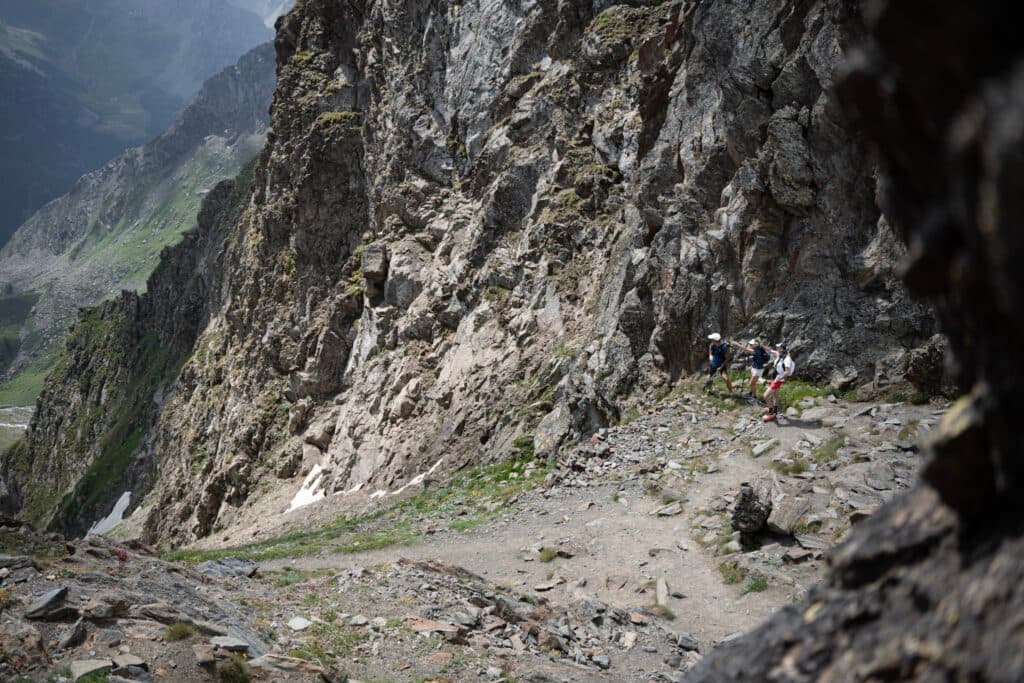
Doug: Before I started the course a few years ago, I was looking for advice about how to approach Tor, mentally. Joe Grant, an ultrarunner from Colorado, told me something simple: “Open heart, open mind.” Is that what you mean?
Ivan: Yes. You have to let things flow. And then, you’re going to enjoy it. And all of a sudden, you find yourself at the finish.
Doug: Yes, I totally agree with that. I think there can be different ways that you meet the dragon. The first year I ran, it was so much harder than I expected. But I thought, “I am just going to walk for a while.” An hour later, I thought, “I’m doing okay now! I’m still moving forward.” I think after you meet the dragon, everything just falls away.
Ivan: The dragon makes you become conscious of yourself. It’s a mirror. It’s like waking up in the morning to shave. You look in the mirror and the mirror stares back at you and shows you who you really are.
Doug: So, Tor just reflects back exactly who you are?
Ivan: High up in the mountains, you are alone. And then you confront the dragon. Somewhere on that journey, you realize that you are the dragon. The dragon is you.
There’s no cheating Tor. There is no way to cheat 330 kilometers in those kinds of mountains, with all that vertical. There is no faking. I think that’s why people like it.
The dragon has a huge tail that reaches from start to finish. And so, it is always there. I believe the dragon starts the race in the opposite direction of the runners. So, sooner or later in Tor, everyone will meet the dragon head on.
It’s worth repeating: you are your own dragon. All Tor does is force it to the surface.
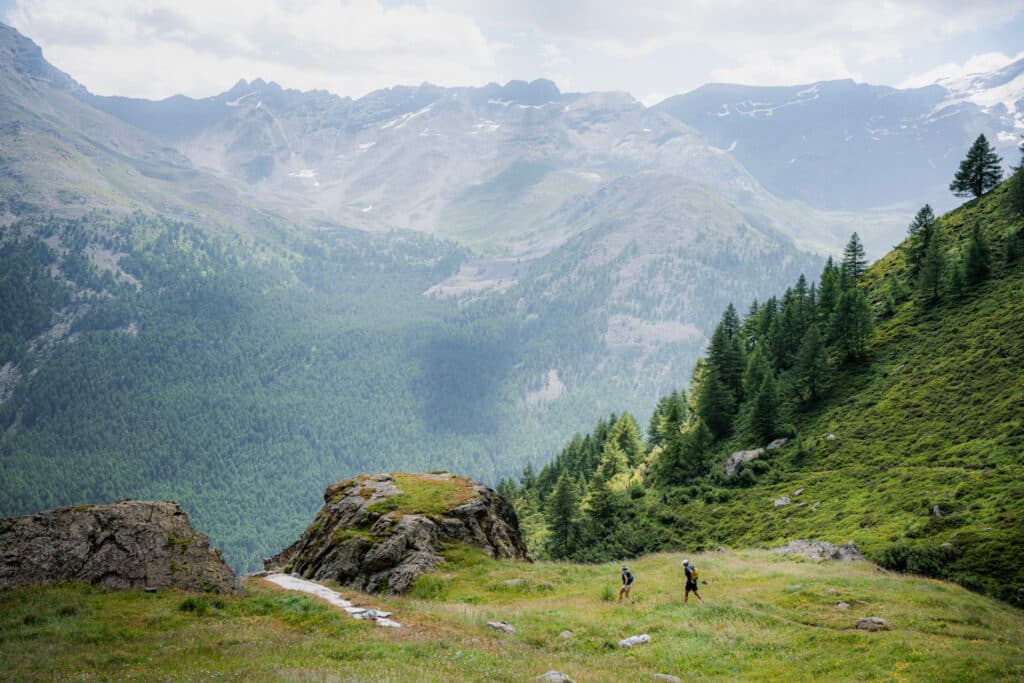
Doug: From your observations over the years, what do you see as the key reasons that some runners are successful in Tor?
Ivan: First, they come prepared. Both physically and mentally. And, then – they let it flow.
Doug: What do you mean when you say let it flow?
Ivan: Let it go. Stay in the moment.
I discovered by doing some research that it depends on your frontal lobe. This is the part of the brain that is rational and makes decisions. It is this part of the brain that lies between you and the rest of the world. The part of the brain that makes decisions. When you’re really tired and fatigued like in Tor, the frontal lobe doesn’t do its job, which means that you are open to anything. A sunset can make you cry. But that’s Tor.
So many things happen during Tor that are out of your control. But, at the end of the day, everything depends on you. If the weather changes, you get a stomach ache or a twisted knee, whatever it is, a blister on your foot — it depends on you to finish. So when you arrive at the end, you see something that you were not able to think about.
Doug: It’s dramatic when you finish. Towards the end, I become really meditative. Like the whole world almost disappears around me. I know I’m going back to the world I knew before, and I want to enjoy my last moments in this introspective head space.
Ivan: It’s like passing through a gate. You know that it is over and that you are leaving something behind. But, it’s not over. People who trail run love to suffer, otherwise they wouldn’t run. When Tor ends, you are leaving the suffering behind. You can’t suffer anymore.
I always tell people to take photos. Take a photo at the start and then take a selfie at the finish. Not only just to see your face, but to see what you have done. To see the changes in your eyes. To get a picture of how you have changed.
No one that runs Tor is the same after. No one.
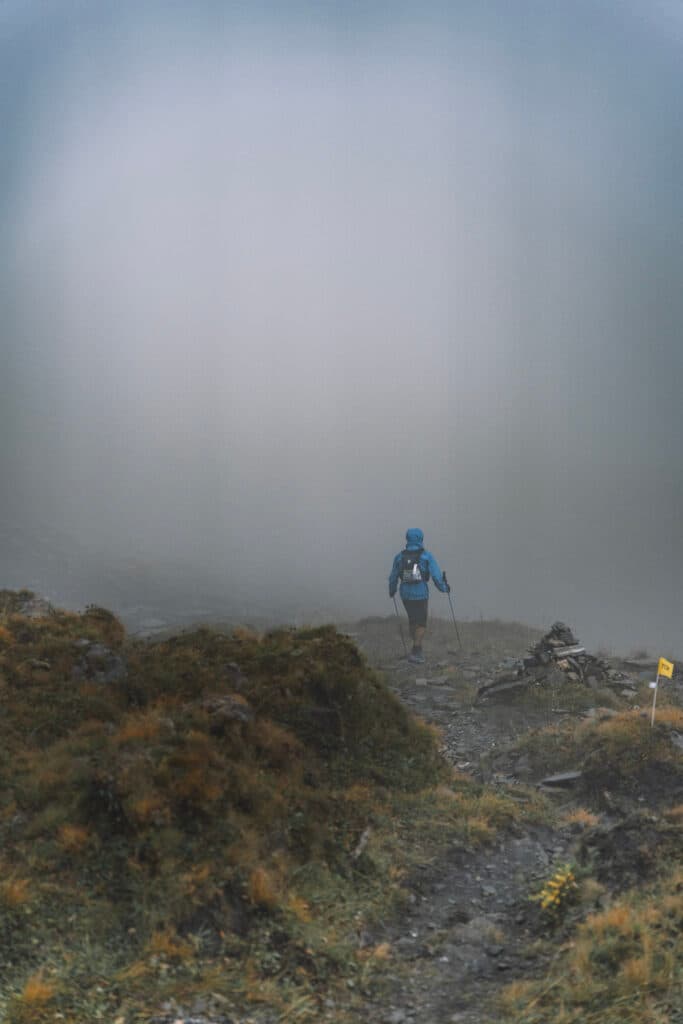
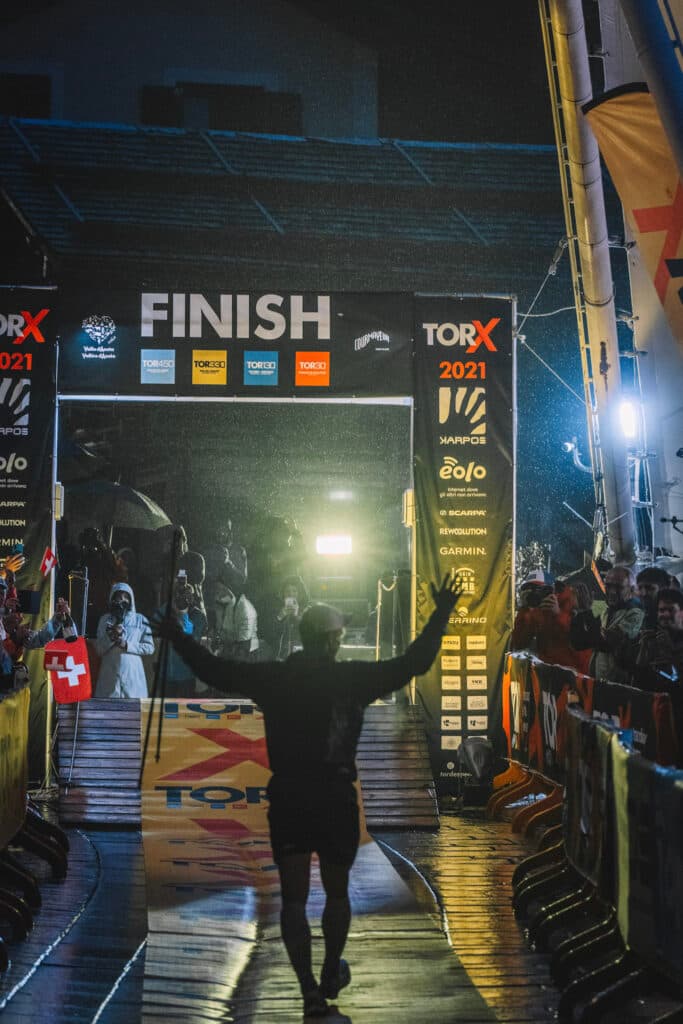
More from Run the Alps about Tor des Géants
Meet Ivan Parasacco, The Philosopher King behind Tor des Géants
Edition Zero: Behind the Scenes Developing Tor des Géants
“Are You Experienced?” Running Italy’s Tor des Géants
Running Tor des Geants: Courage isn’t Always Quite What it Seems
How Tor des Géants® Manages Emergencies on a 330 km Race
The Faces of 2021 Tor des Géants